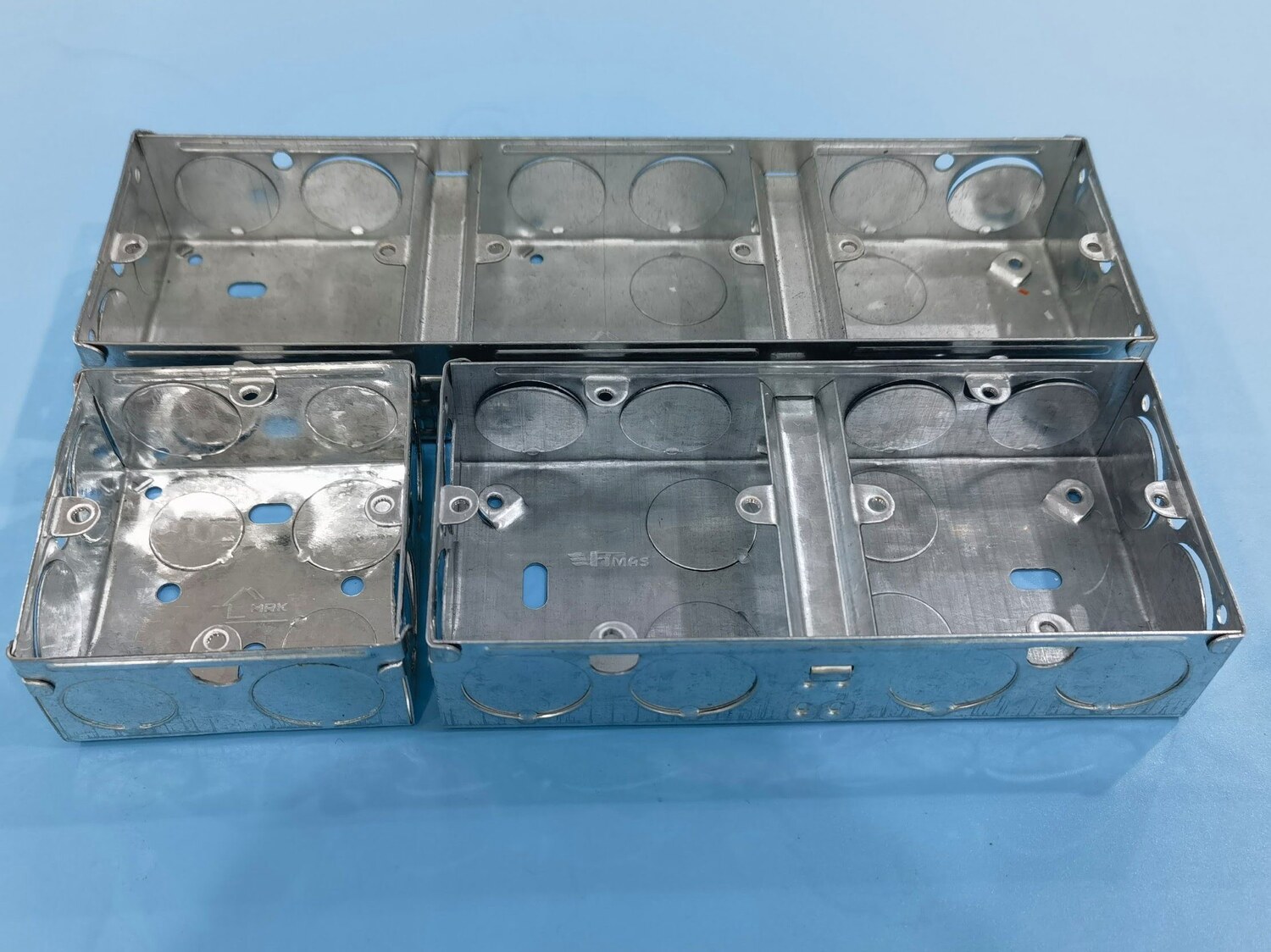

Articles
What Is The Size Of A Standard Electrical Box
Modified: August 27, 2024
Learn about the standard size of electrical boxes in this insightful article. Discover everything you need to know about electrical box dimensions and installation requirements.
(Many of the links in this article redirect to a specific reviewed product. Your purchase of these products through affiliate links helps to generate commission for Storables.com, at no extra cost. Learn more)
Introduction
Electrical boxes are an essential component of any electrical system, providing a safe and organized housing for electrical connections and devices. They serve as a protective enclosure, preventing damage to the electrical wiring and components, as well as acting as a barrier to reduce the risk of electrical shock or fire hazards.
One of the important considerations when choosing an electrical box is its size. Electrical boxes come in various sizes and configurations, each designed for specific applications and installation requirements. In this article, we will explore the different standard sizes of electrical boxes and their common uses.
Understanding the standard sizes of electrical boxes is crucial for electricians, contractors, and even homeowners who are undertaking electrical projects or renovations. Selecting the appropriate size of an electrical box ensures that it can accommodate the necessary wiring and devices, while also complying with electrical codes and regulations.
Additionally, knowing the standard sizes of electrical boxes helps ensure that there is enough space within the box to allow for proper wire management, avoiding overcrowding or overheating of the electrical connections.
In the following sections, we will discuss the standard sizes of electrical boxes commonly used in residential and commercial settings, along with their specific applications and features.
Key Takeaways:
- Understanding the standard sizes of electrical boxes is crucial for safe and compliant installations. From single gang to junction boxes, each size serves a specific purpose, ensuring organized and secure electrical connections.
- Proper selection and installation of electrical boxes are essential for maintaining a reliable and safe electrical system. Whether for residential or commercial applications, prioritizing safety and compliance with local electrical codes is paramount.
Read more: What Is The Standard Refrigerator Size
Purpose of Electrical Boxes
Electrical boxes serve several important purposes within an electrical system. Let’s take a closer look at some of the key reasons why electrical boxes are essential:
1. Protection: The primary purpose of an electrical box is to provide protection to electrical connections and devices. The box acts as a barrier, preventing accidental contact with live wires, which could result in electric shock or injury. It also protects the electrical components from external damage, such as impact or moisture. 2. Containment: Electrical boxes contain and organize the electrical wiring and connections in a neat and orderly manner. This helps to prevent tangling or twisting of wires, reducing the risk of short circuits or faults. It also allows for easier identification and troubleshooting of electrical issues. 3. Fire Safety: By enclosing electrical connections and devices, electrical boxes play a vital role in preventing the spread of fire. In the event of a short circuit or electrical malfunction, the box helps to contain the flames, limiting the potential damage and protecting the surrounding structure. 4. Code Compliance: Electrical codes and regulations specify certain requirements for electrical installations, including the size and type of electrical boxes to be used. By using the appropriate electrical boxes, installers ensure compliance with these codes, promoting safety and avoiding potential legal issues. 5. Support and Mounting: Electrical boxes provide a stable platform for mounting electrical devices, such as switches, outlets, or light fixtures. The box securely holds the device in place and provides additional support, preventing it from becoming loose or unstable over time. 6. Flexibility: Electrical boxes come in various sizes and configurations, allowing for flexibility in accommodating different types of wiring and devices. This ensures compatibility with a wide range of electrical installations, whether it’s for residential or commercial applications. Overall, electrical boxes are a critical component of any electrical system, providing protection, organization, and compliance with electrical codes. They are designed to enhance safety, reduce the risk of electrical hazards, and provide a structured environment for electrical connections and devices. By understanding the purpose of electrical boxes, individuals can make informed decisions when selecting the appropriate box size for their specific electrical needs.
Standard Electrical Box Sizes
Electrical boxes come in various sizes and configurations to accommodate different types of wiring and devices. Understanding the standard sizes of electrical boxes is important for proper installation and compliance with electrical codes. Let’s explore the most common sizes:
1. Single Gang Boxes: Single gang boxes are the most common type of electrical box and typically used for light switches or outlets. They have a standard size of 2.125 inches wide by 3.75 inches tall, with a depth ranging from 1.5 to 3 inches. 2. Double Gang Boxes: Double gang boxes are twice the width of single gang boxes and are used when there are two switches or outlets positioned side by side. They have a size of 4.25 inches wide by 3.75 inches tall, with a similar depth range as single gang boxes. 3. Triple Gang Boxes: Triple gang boxes are used for installations with three switches or outlets in close proximity. They have a size of 6.375 inches wide by 3.75 inches tall, with a depth similar to single and double gang boxes. 4. Four Gang Boxes: Four gang boxes are larger boxes used for installations with four switches or outlets. They have a size of 8.5 inches wide by 3.75 inches tall, with a depth comparable to the other gang boxes. 5. Octagon Boxes: Octagon boxes are primarily used for light fixtures and ceiling fans. They have a round shape with eight sides and come in various sizes, typically ranging from 3.5 inches to 4 inches in diameter. The depth of octagon boxes varies based on the specific application. 6. Ceiling Boxes: Ceiling boxes are designed for mounting light fixtures or fans on ceilings. They come in different shapes and sizes, including round, square, and rectangular. The size and depth of ceiling boxes depend on the weight and size of the fixture being installed. 7. Junction Boxes: Junction boxes are used for housing electrical connections and splices. They come in different sizes to accommodate multiple wires or connections. Junction boxes can range from small rectangular boxes to larger enclosures for heavy-duty applications. It’s important to note that these are just the standard sizes, and there are variations available to meet specific installation requirements. Additionally, electrical box sizes may differ in certain regions, so it’s crucial to consult local electrical codes and regulations for precise specifications. By understanding the standard electrical box sizes, you can select the appropriate box for your specific electrical applications, ensuring a safe and compliant installation. Always consult a qualified electrician for proper guidance and adhere to local electrical codes during installation.
Single Gang Boxes
Single gang boxes are the most common type of electrical box used for light switches, outlets, and other electrical devices. They are designed to accommodate a single device and are widely used in residential and commercial settings.
The standard size of a single gang box is typically 2.125 inches wide by 3.75 inches tall, with a depth ranging from 1.5 to 3 inches. The box is made of durable materials such as metal or plastic, and it features knockouts or openings on various sides to allow for easy installation of wires and cables.
Single gang boxes are versatile and can be mounted on both drywall and stud surfaces. They come with mounting brackets or screws that secure the box to the wall or ceiling. This ensures stability and provides a sturdy base for the device being installed.
When installing a single gang box, it is important to ensure that it is positioned correctly. The box should be flush with the finished wall surface to maintain a neat appearance and prevent the device from protruding. It should also be positioned at the appropriate height according to electrical codes and regulations. Typically, light switches are mounted at a height of about 48 inches from the floor, while outlets are located 12 to 16 inches above the floor.
Single gang boxes can accommodate a variety of devices, including light switches, dimmers, outlets, data ports, and more. To install a device, the box is usually equipped with screw terminals or clamps that secure the electrical connections. These connections can be made using wire nuts, terminal screws, or push-in connectors, depending on the specific device and wiring method used.
It is important to note that single gang boxes have limitations in terms of the number of devices they can support. They are designed specifically for single device installations and should not be overloaded with multiple switches or outlets. If additional devices are required in a single location, double gang or multiple gang boxes should be used instead.
Single gang boxes are an essential component of any electrical installation, providing a safe and secure housing for switches, outlets, and other devices. They are easy to install, versatile in application, and compliant with electrical codes and regulations. When selecting a single gang box, it is important to choose one that meets the specific requirements of your electrical project and to consult with a qualified electrician if needed.
Double Gang Boxes
Double gang boxes are a type of electrical box that is twice the width of a single gang box. They are specifically designed to accommodate two devices, such as light switches, outlets, or a combination of both, in a single installation location.
The standard size of a double gang box is typically 4.25 inches wide by 3.75 inches tall, with a depth similar to that of a single gang box, ranging from 1.5 to 3 inches. Like single gang boxes, double gang boxes are made of durable materials such as metal or plastic and come with knockout openings for easy installation of wires and cables.
Double gang boxes offer greater flexibility and convenience when multiple devices need to be installed in one location. They are commonly used in areas such as kitchens, living rooms, and bedrooms where there is a need for multiple switches or outlets.
When installing a double gang box, it is important to ensure that it is positioned correctly. The box should be flush with the finished wall surface and installed at the appropriate height according to electrical codes. It is recommended to consult local codes and regulations for specific installation requirements in your area.
Double gang boxes come with mounting brackets or screws that secure the box to the wall or ceiling. These brackets provide stability and ensure that the box remains firmly in place, even when multiple devices are attached.
Similar to single gang boxes, double gang boxes allow for a variety of devices to be installed, including light switches, dimmers, outlets, and more. The box is equipped with screw terminals or clamps to secure the electrical connections, ensuring a safe and reliable installation.
One important consideration when using double gang boxes is to properly distribute the wiring and devices within the box to avoid overcrowding. Overcrowding the box can increase the risk of overheating or improper electrical connections. It is important to ensure that all wires are properly secured and organized within the box.
Double gang boxes are an ideal solution when multiple electrical devices are required in a single location. They provide a neat and organized way to centralize switches, outlets, or a combination of both. When installing double gang boxes, it is crucial to follow electrical codes and regulations, consult with a qualified electrician if needed, and ensure a safe and professional installation.
Read more: What Size Is A Standard Dishwasher
Triple Gang Boxes
Triple gang boxes are electrical boxes that are wider than single and double gang boxes, designed to accommodate three devices in a single installation location. They are commonly used in areas where multiple switches or outlets are required, such as in a large living room or commercial space.
The standard size of a triple gang box is typically 6.375 inches wide by 3.75 inches tall, with a depth similar to that of single and double gang boxes, ranging from 1.5 to 3 inches. Like other gang boxes, triple gang boxes are made of durable materials, such as metal or plastic, and feature knockout openings for easy installation of wires and cables.
Triple gang boxes provide increased flexibility and convenience when there is a need for multiple devices in a single location. They are commonly used in areas where several light switches or outlets need to be installed together, providing a centralized and organized solution.
When installing a triple gang box, it is essential to ensure that it is positioned correctly and mounted securely to the wall or ceiling. The box should be flush with the finished surface, and the appropriate height should be followed as per electrical codes and regulations.
Similar to single and double gang boxes, triple gang boxes allow for a variety of devices to be installed, including light switches, outlets, dimmers, data ports, and more. The box is equipped with screw terminals or clamps to secure the electrical connections for each device, ensuring reliable and safe operation.
When multiple devices are being installed in a triple gang box, careful consideration should be given to wire organization and spacing within the box. Overcrowding the box can lead to improper connections, overheating, and potential electrical hazards. Proper wire management techniques, such as using wire connectors and organizing the wires neatly, should be employed to ensure a professional and safe installation.
Triple gang boxes are commonly found in larger residential and commercial applications, providing a centralized solution for multiple devices in a single location. They offer convenience, versatility, and compliance with electrical codes and regulations.
When installing triple gang boxes or any electrical boxes, it is important to consult local electrical codes and regulations, and if unsure, seek guidance from a qualified electrician. Proper installation and adherence to safety standards are crucial to ensure a reliable and secure electrical system.
When determining the size of a standard electrical box, consider the number of wires and devices that will be housed within it. A general rule of thumb is to use a larger box for more wires and devices to ensure proper spacing and safety.
Four Gang Boxes
Four gang boxes are electrical boxes that are wider than single, double, and triple gang boxes, designed to accommodate four devices in a single installation location. They are commonly used in areas where there is a need for multiple switches or outlets, such as in large rooms, commercial spaces, or areas with high electrical demand.
The standard size of a four gang box is typically 8.5 inches wide by 3.75 inches tall, with a depth similar to that of other gang boxes, ranging from 1.5 to 3 inches. Like other gang boxes, they are made of durable materials such as metal or plastic and feature knockout openings for easy installation of wires and cables.
Four gang boxes provide even greater flexibility and convenience when it comes to accommodating multiple devices. They are commonly used in areas where multiple switches, outlets, or a combination of both are required in a centralized location, providing a neat and organized solution.
When installing a four gang box, it is crucial to ensure that it is positioned correctly and mounted securely to the designated surface. The box should be flush with the finished wall or ceiling surface and mounted at the correct height according to electrical codes and regulations.
Similar to other gang boxes, four gang boxes allow for a variety of devices to be installed, including light switches, outlets, dimmers, data ports, and more. The box is equipped with screw terminals or clamps to secure the electrical connections for each device, ensuring reliable and safe operation.
Due to the increased number of devices in a four gang box, careful attention should be given to wire organization and spacing within the box. It is essential to avoid overcrowding the box, as it can lead to improper connections, overheating, and potential electrical hazards. Proper wire management techniques, such as using wire connectors and arranging the wires neatly, must be employed to ensure a professional and safe installation.
Four gang boxes are commonly used in larger residential and commercial applications where significant electrical demand is required. They provide a convenient and centralized solution for multiple devices in a single location, allowing for easy control and access to electrical connections.
When installing four gang boxes or any electrical boxes, it is crucial to consult local electrical codes and regulations. If you are uncertain about the installation process, seeking guidance from a qualified electrician is recommended. Proper installation and adherence to safety standards are essential to ensure a reliable and secure electrical system.
Octagon Boxes
Octagon boxes are a type of electrical box that are primarily used for mounting light fixtures and ceiling fans. As the name suggests, these boxes have a unique octagonal shape with eight sides. Octagon boxes are versatile and commonly found in both residential and commercial applications.
Octagon boxes come in various sizes, typically ranging from 3.5 inches to 4 inches in diameter. The size of the box depends on the specific application and the weight and size of the fixture being installed. The depth of octagon boxes also varies, accommodating different wiring and installation requirements.
When it comes to mounting light fixtures or ceiling fans, octagon boxes offer several advantages. The octagonal shape provides stability and allows for secure attachment of the fixture or fan. The box is typically made of metal, providing durability and strength to support the weight of the fixture or fan.
Octagon boxes feature knockout openings on multiple sides, allowing for easy installation of wires and cables. These openings can be positioned strategically to accommodate the specific wiring configuration required for the fixture or fan. The box is equipped with screw terminals or clamps to secure the electrical connections and ensure a reliable and safe installation.
Installation of an octagon box typically involves mounting it to a ceiling joist or other structural support using screws or other appropriate fasteners. It is important to ensure that the box is securely fastened to provide stability and support for the fixture or fan.
When installing a light fixture or ceiling fan using an octagon box, it is essential to follow the manufacturer’s instructions and consult local electrical codes and regulations. Proper support and installation techniques must be employed to ensure the safety and integrity of the installation.
While octagon boxes are commonly associated with light fixtures and ceiling fans, they can also be used in other applications that require a robust and secure electrical box. They provide a reliable solution for mounting a wide range of fixtures and devices, ensuring a clean and professional installation.
When selecting an octagon box, it is important to choose the appropriate size and depth to meet the specific requirements of your installation. It is recommended to consult with a qualified electrician if you are unsure about the selection or installation process.
In summary, octagon boxes are a common choice for mounting light fixtures and ceiling fans. Their unique shape, durability, and versatility make them a reliable option for a variety of electrical installations. Proper installation and adherence to electrical codes and regulations are crucial to ensure a safe and secure mounting of fixtures and devices.
Ceiling Boxes
Ceiling boxes, also known as ceiling electrical boxes or junction boxes, are specifically designed for mounting light fixtures, ceiling fans, or other electrical devices on ceilings. They provide a secure and stable platform for installing these fixtures while ensuring proper electrical connections and compliance with electrical codes.
Ceiling boxes come in various shapes and sizes, including round, square, and rectangular, to accommodate different types of fixtures and installation requirements. The size and depth of the box depend on the weight and size of the fixture being installed as well as the specific application.
When it comes to mounting a light fixture or ceiling fan, proper support and installation are crucial to ensure safety and stability. Ceiling boxes are typically made of metal or durable plastic to provide strength and durability, capable of supporting the weight of the fixture. Some ceiling boxes are specifically rated for heavy or oversized fixtures to ensure adequate support.
Ceiling boxes have openings or knockouts on various sides to allow for easy installation of wires and cables. These openings can be positioned strategically to accommodate the specific wiring configuration required for the fixture. The box is equipped with screw terminals, clamps, or other wire-connecting devices to secure and protect the electrical connections.
Installation of a ceiling box typically involves mounting it to a ceiling joist or other structural support using appropriate screws or fasteners. It is important to ensure that the box is securely installed to prevent movement or sagging of the fixture over time.
When installing a light fixture or ceiling fan using a ceiling box, it is important to follow the manufacturer’s instructions and consult local electrical codes and regulations. Proper support and installation techniques must be employed to ensure the safety and stability of the installation.
Ceiling boxes offer flexibility in terms of the style and design of fixtures that can be mounted. Whether it’s a chandelier, pendant light, recessed light, or ceiling fan, a ceiling box provides a secure and aesthetically pleasing solution for mounting these fixtures on ceilings.
It is important to select the appropriate size, shape, and depth of the ceiling box to match the specific requirements of your fixture installation. Consulting with a qualified electrician can help ensure that you choose the right box and install it correctly.
In summary, ceiling boxes play a crucial role in the installation of light fixtures, ceiling fans, and other devices on ceilings. They offer stability, support, and compliance with electrical codes, ensuring safe and reliable electrical connections. Proper installation and adherence to regulations are essential to guarantee the longevity and safety of the installed fixtures.
Read more: What Is The Standard Bathtub Size
Junction Boxes
Junction boxes are an essential component of electrical systems, providing a safe and organized enclosure for electrical connections and splices. They are used to protect and secure wire connections, create branching paths for electrical circuits, and facilitate future wiring modifications or repairs.
Junction boxes come in various sizes and designs, offering flexibility for different wiring configurations and project requirements. They are typically made of metal or durable plastic to ensure durability and protection. The size of the junction box depends on the number and size of the wires or cables that need to be accommodated.
One of the primary purposes of a junction box is to protect electrical connections from external elements and prevent accidental contact. The box provides a physical barrier that shields the wires from damage due to impact or exposure to moisture or dust. This protection reduces the risk of electrical shock and helps maintain the integrity of the wiring system.
Junction boxes also serve an important role in distributing, organizing, and managing wires within an electrical system. By bringing multiple wires together in a central location, junction boxes help to eliminate clutter and tangles, making it easier to identify and troubleshoot electrical issues. They also contribute to a more organized and efficient wiring system, ensuring ease of maintenance and future modifications.
When installing a junction box, it is essential to ensure that it is mounted securely and positioned appropriately. The box should be easily accessible for future inspections or repairs while being flush with the wall or surface it is mounted on. Proper wire connections must be made within the junction box, following electrical codes and best practices to ensure secure and reliable connections.
While junction boxes are primarily used for in-wall or concealed electrical connections, there are also surface-mounted junction boxes available for specific applications. These surface-mounted boxes can be useful when installing lighting fixtures, outlets, or other devices that require a visible junction box.
It is important to consult local electrical codes and regulations to ensure the use of appropriate junction boxes for specific applications and installations. Proper selection and installation of junction boxes are crucial for maintaining a safe and compliant electrical system.
In summary, junction boxes are essential components of electrical systems, providing a secure and organized housing for electrical connections and splices. They protect wires, manage wiring configurations, and facilitate future modifications. Proper installation and adherence to electrical codes are vital to ensure the safety and functionality of the junction box and the overall electrical system.
Conclusion
Electrical boxes play a crucial role in any electrical system, providing a safe and organized housing for electrical connections and devices. Understanding the standard sizes of electrical boxes is essential for proper installation, wire management, and compliance with electrical codes and regulations.
Single gang boxes are the most common type, accommodating a single device such as a light switch or outlet. Double gang boxes offer the convenience of mounting two devices side by side, while triple and four gang boxes provide even greater flexibility for multiple devices in a single location.
Octagon boxes are designed for mounting light fixtures and ceiling fans, offering stability and reliable support. Ceiling boxes are specifically engineered for ceiling-mounted fixtures and provide a secure platform for installation. Junction boxes, on the other hand, are essential for safe and organized wire connections and branching paths within an electrical system.
Proper installation and adherence to local electrical codes and regulations are essential when working with electrical boxes. This ensures the safety, functionality, and compliance of the electrical installation.
In conclusion, electrical boxes serve a vital purpose in any electrical project, providing protection, containment, fire safety, code compliance, support, and flexibility. By understanding the different standard sizes and applications of electrical boxes, individuals can make informed decisions and ensure a safe and efficient electrical system.
Whether you’re a homeowner undertaking a DIY electrical project or a professional electrician, always prioritize safety and consult with experts when needed to ensure the proper selection and installation of electrical boxes. Properly chosen and installed electrical boxes will contribute to a reliable and organized electrical system for years to come.
Curious about more than just the sizes of electrical boxes? If you're planning to power up your garage with some DIY skills, our next guide on running overhead electrical wire is a must-read. You'll pick up practical advice that makes the task smoother and safer, ensuring your workspace is well-lit and operational without a hitch. Don't miss out on these valuable insights—perfect for homeowners eager to enhance their electrical prowess.
Frequently Asked Questions about What Is The Size Of A Standard Electrical Box
Was this page helpful?
At Storables.com, we guarantee accurate and reliable information. Our content, validated by Expert Board Contributors, is crafted following stringent Editorial Policies. We're committed to providing you with well-researched, expert-backed insights for all your informational needs.
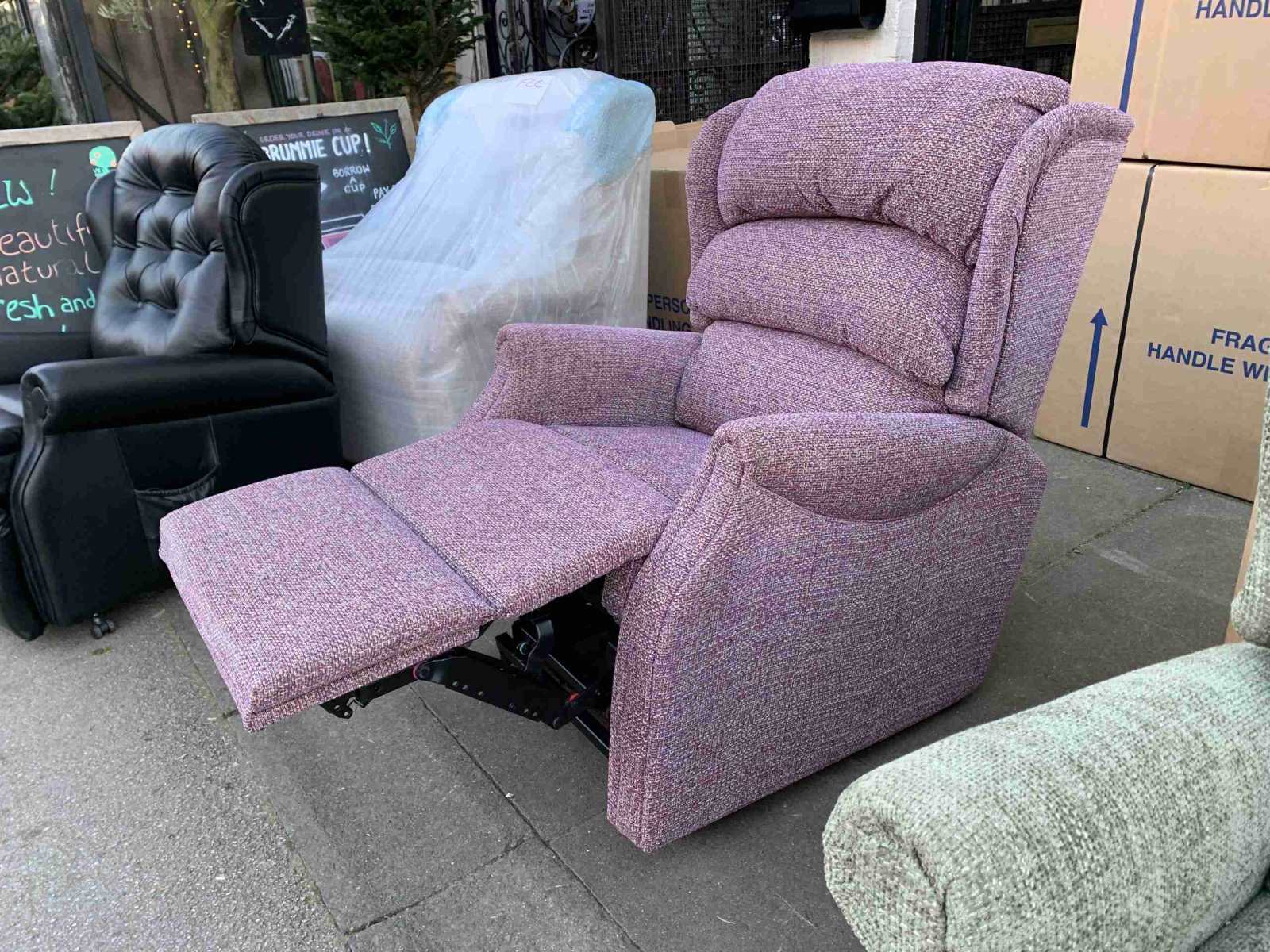

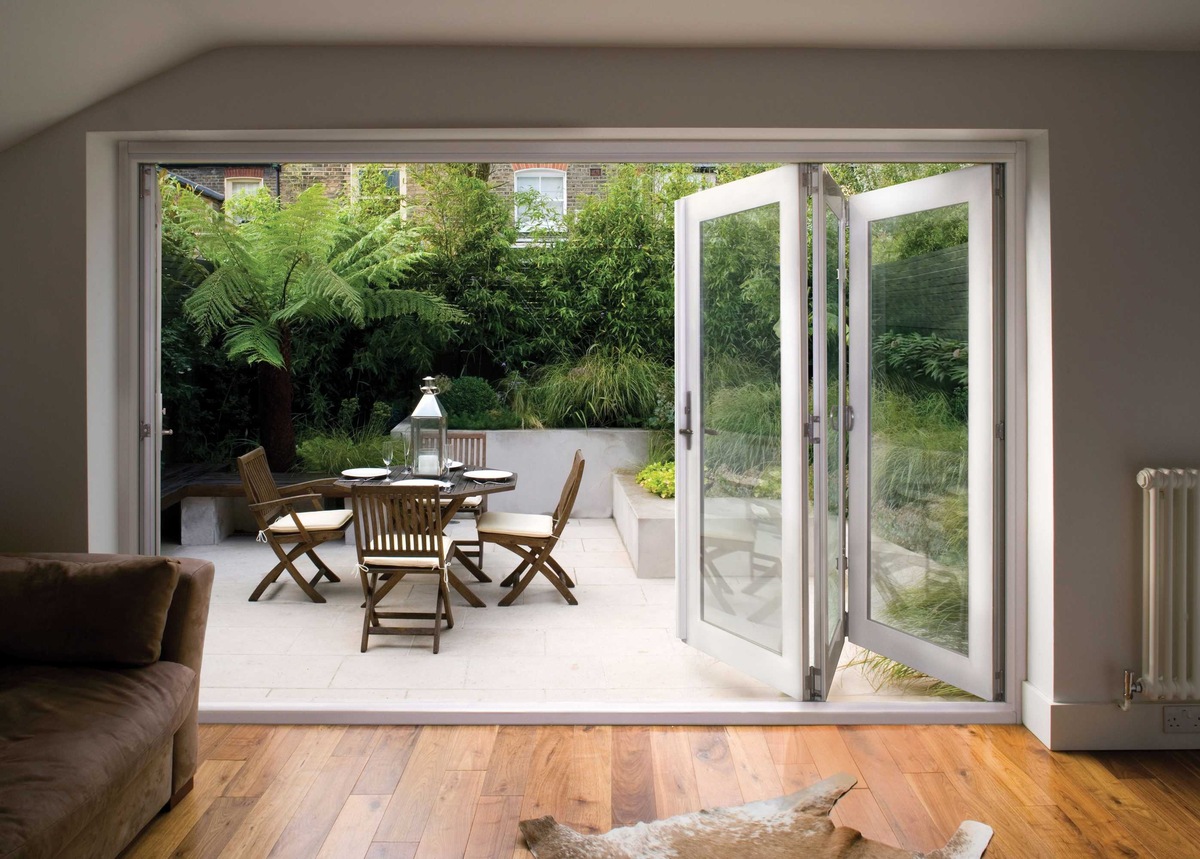


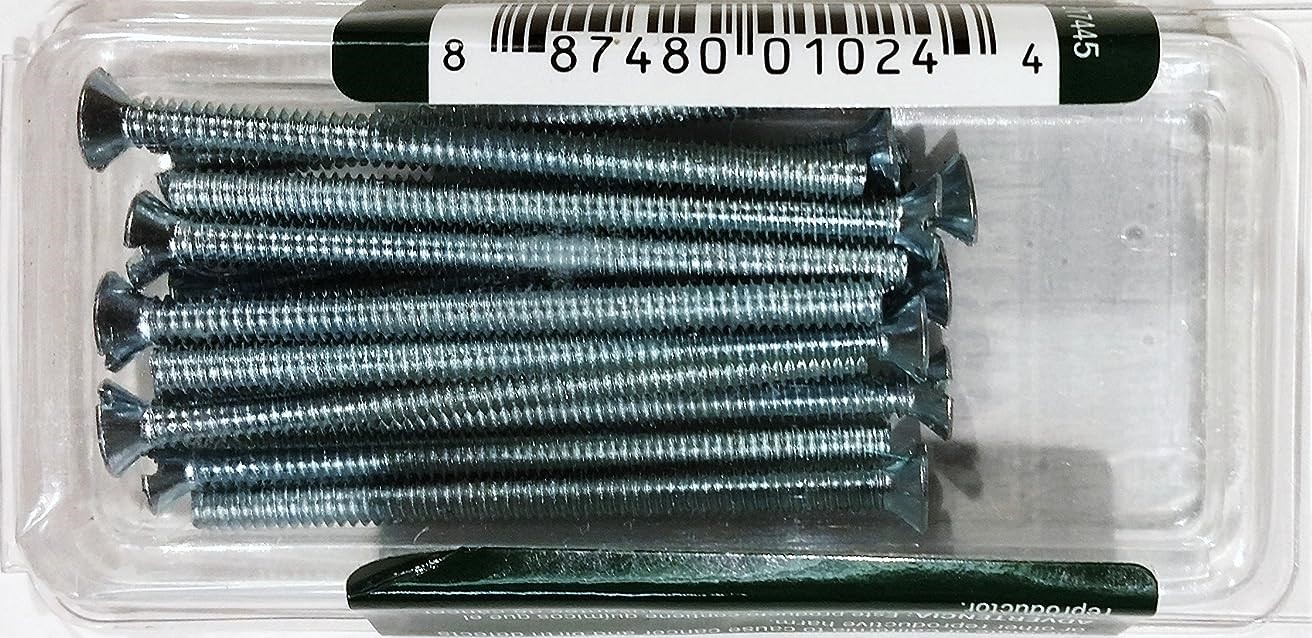
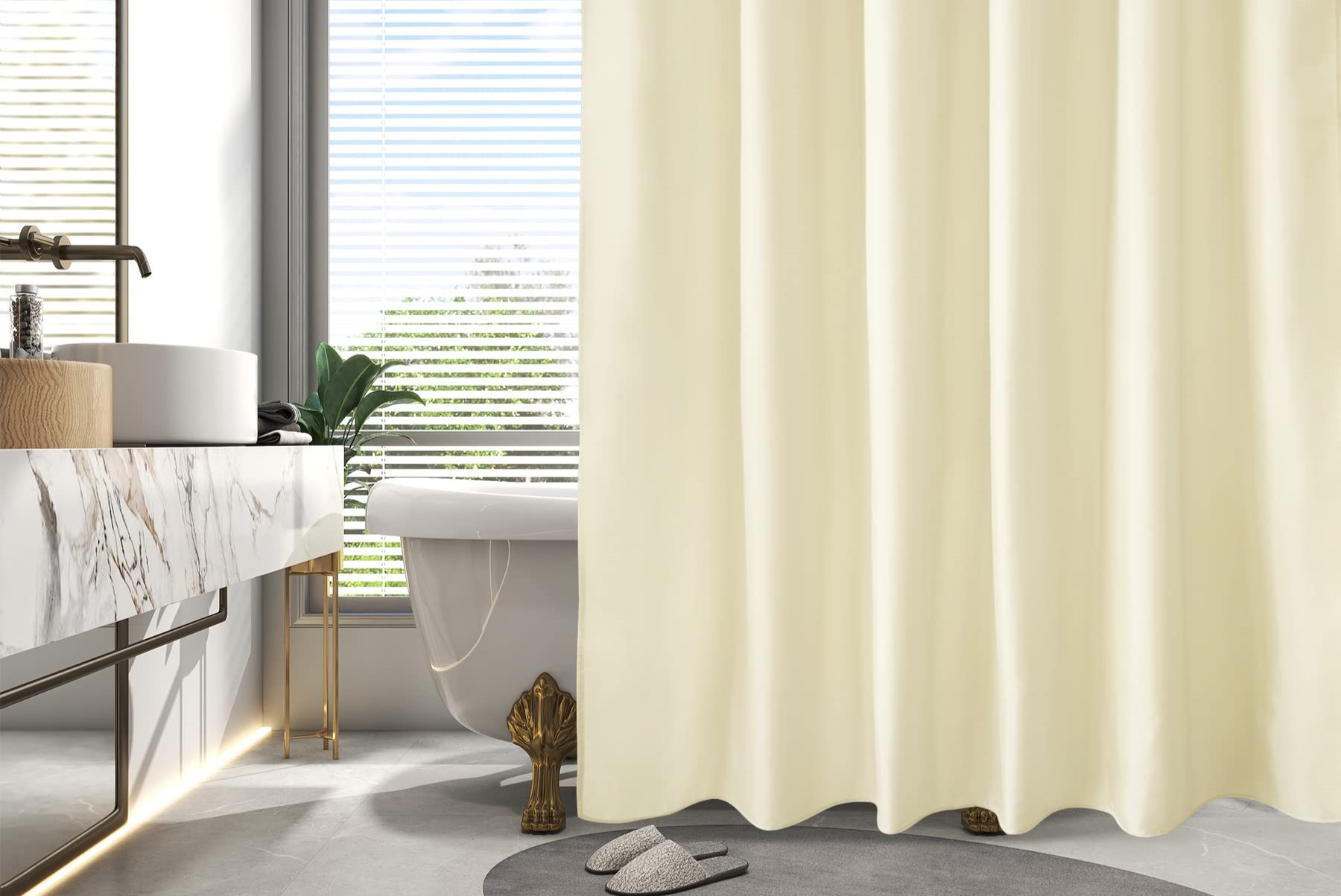

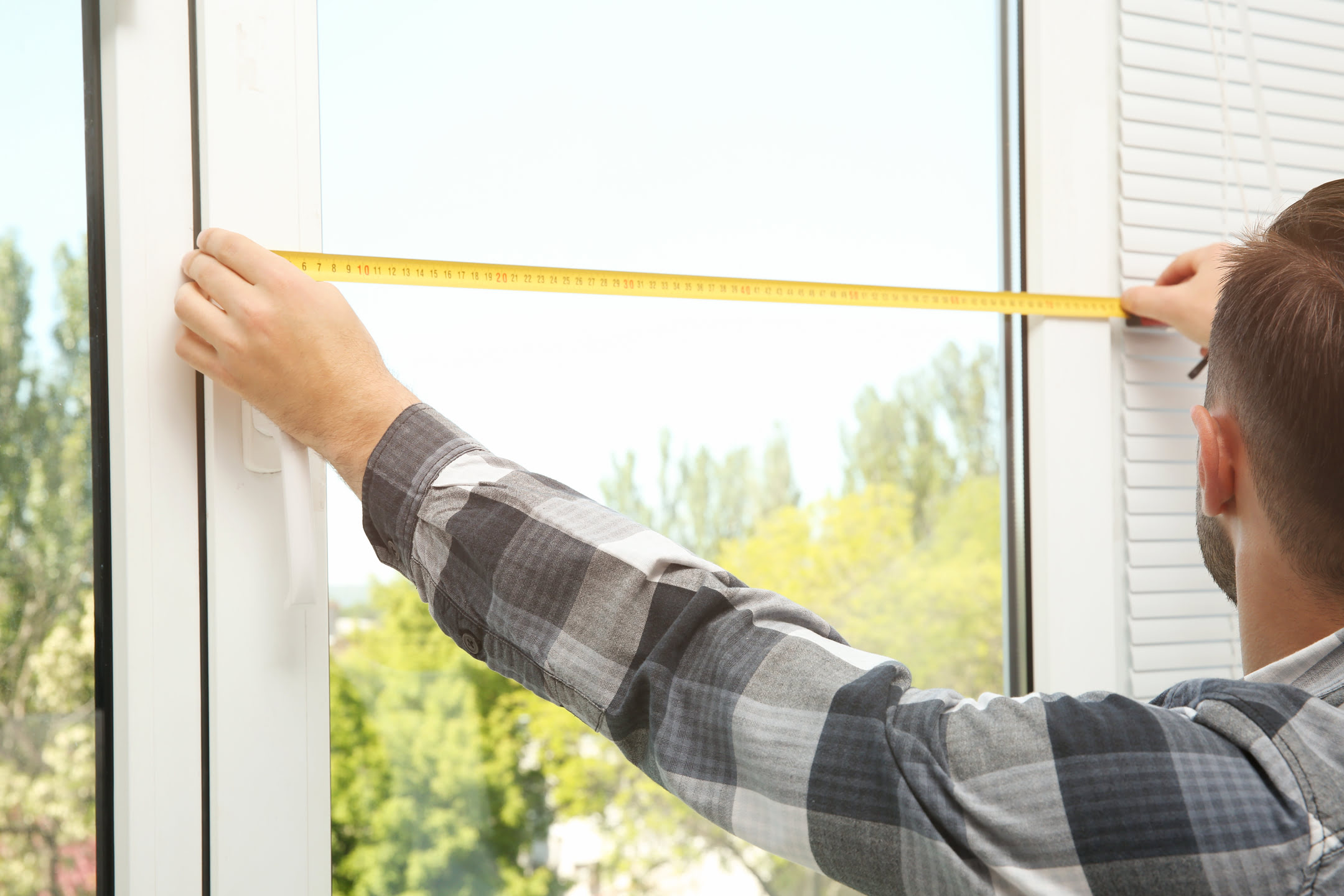
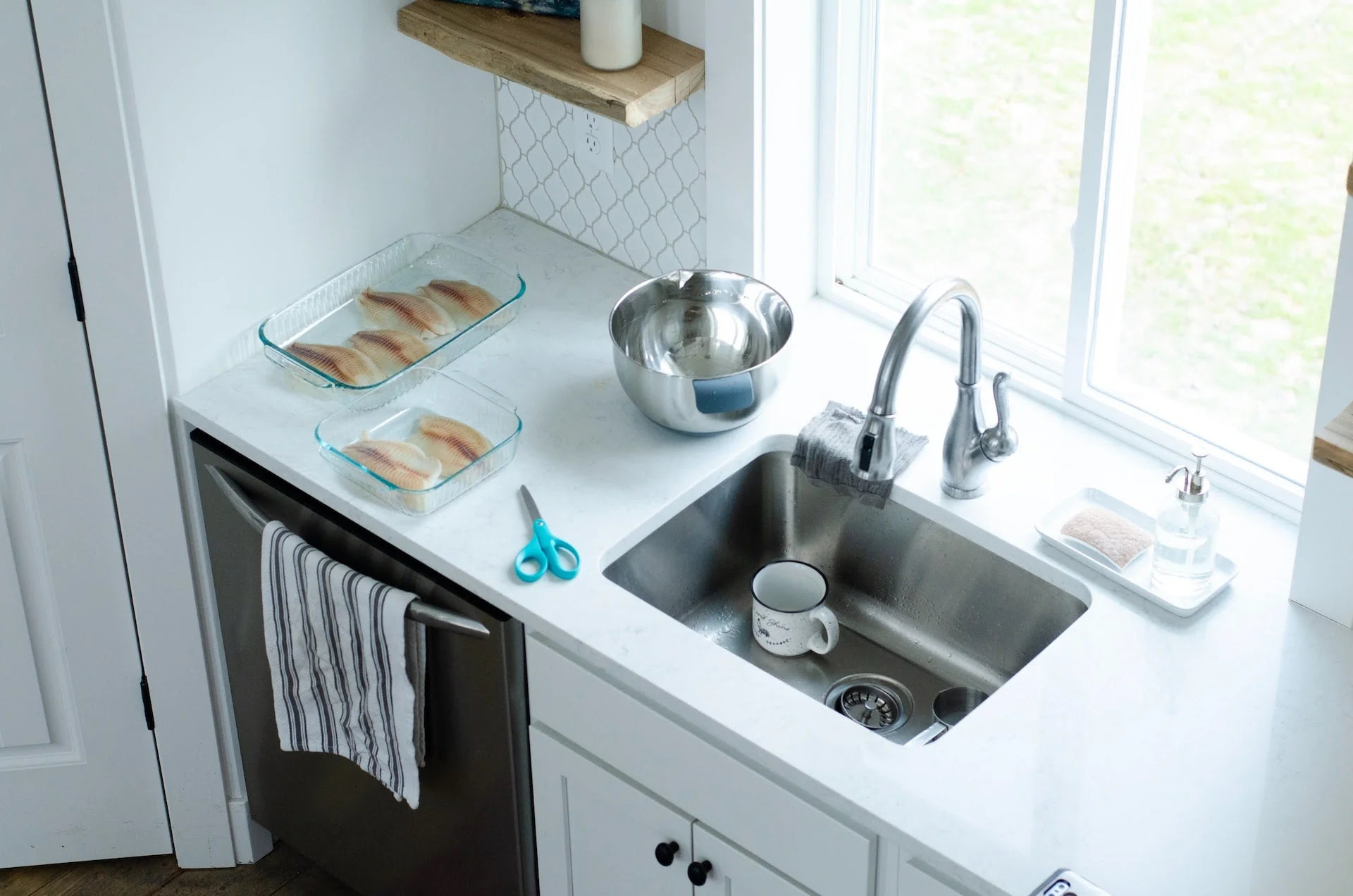


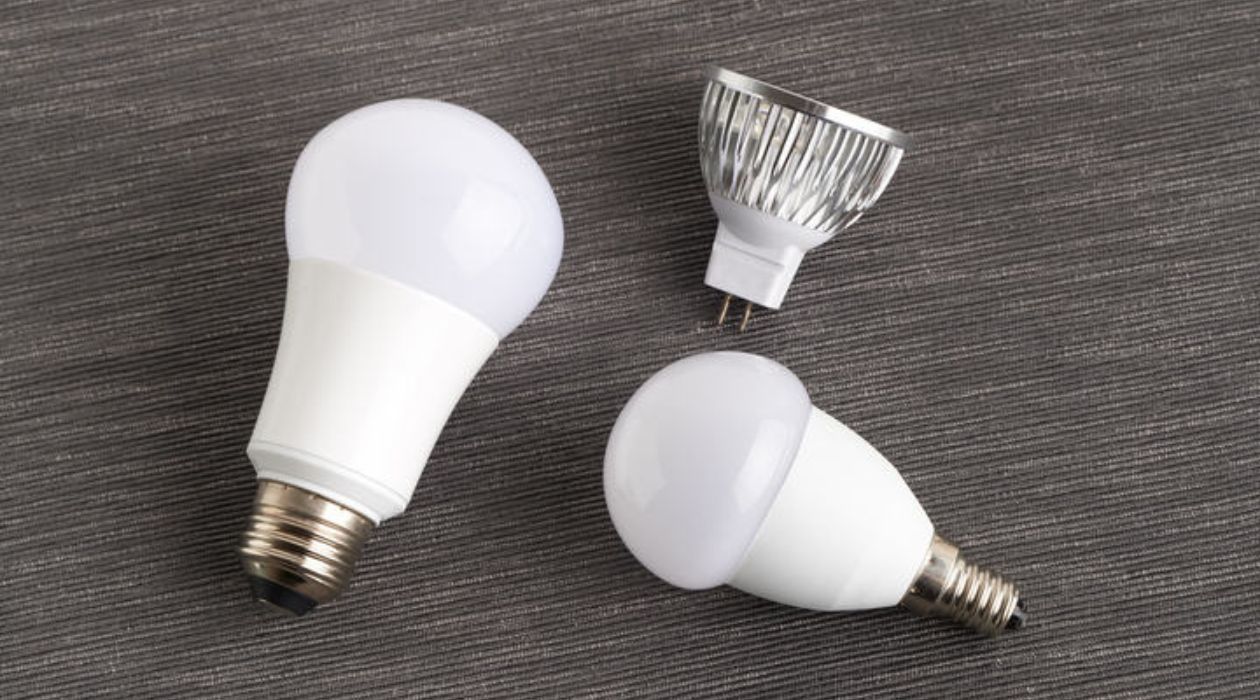

0 thoughts on “What Is The Size Of A Standard Electrical Box”